Cranberries: An American Fruit in Photos
Cranberries
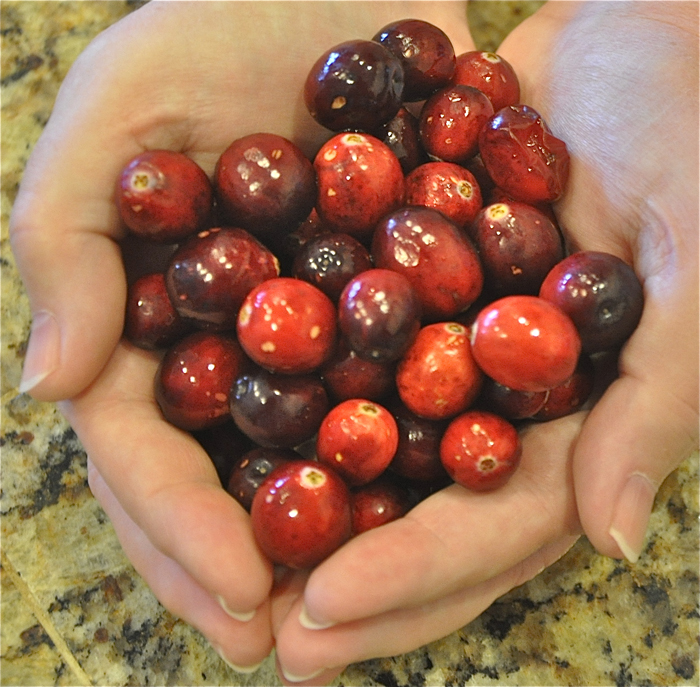
Cranberries (Vaccinium macrocarpon) are small fruits native to the temperate climate zone of North America. Their native range extends westward from the east coasts of Canada and the United States to the central region of both countries, from the Appalachian Mountains northward into southern Canada.
The cranberry plant
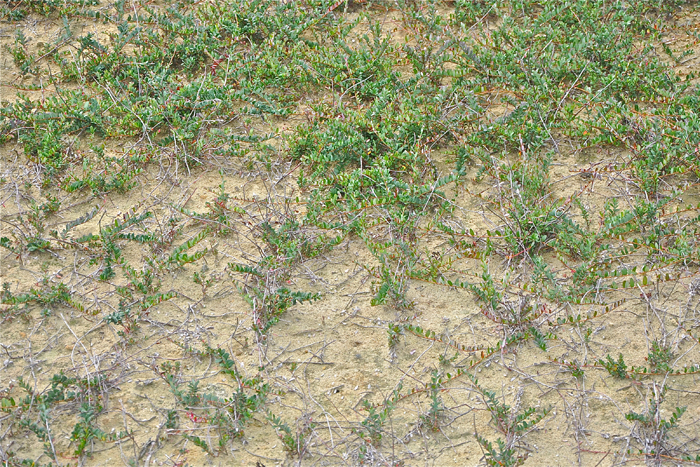
The cranberry plant is a woody, low-growing perennial vine that produces stems or runners that grown from 1 to 6 feet (0.3 to 1.8 meters) in length. Their small, glossy leaves are dark green in color during the growing season but become reddish-brown when the plant becomes semi-dormant. Cranberry vines grow so thick that they actually create a living, woody mat over the soil upon which they grow.
Flowering season
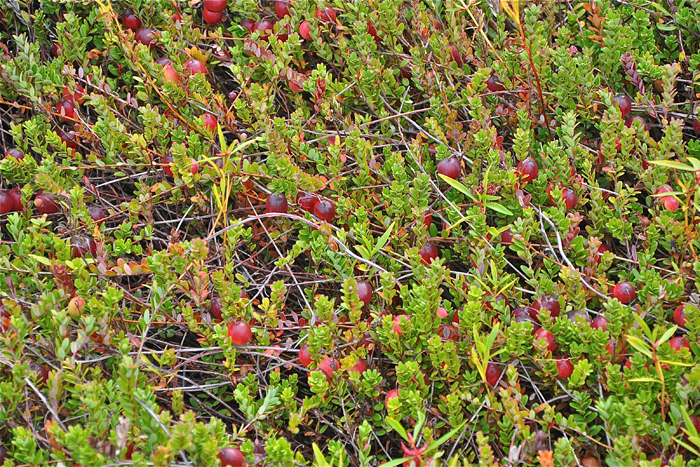
During the spring flowering season, short, vertical upright branches grow from a series of buds that are found along the runners. A terminal bud is located at the tip of the upright branches and contains the plant's flower buds. The majority of the fruit develops from these upright branch flowers.
Bogs
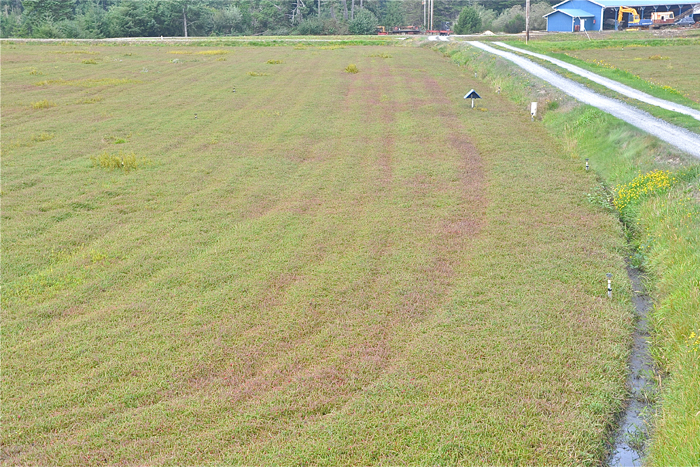
Wild cranberries once grew in glacial depressions known as kettle holes that were lined with impermeable materials such as clay. When the kettle holes filled with water, they became the ideal environment for cranberries to grow. These natural and modern man-made depressions where cranberries grow are known as bogs.
Layer upon layer
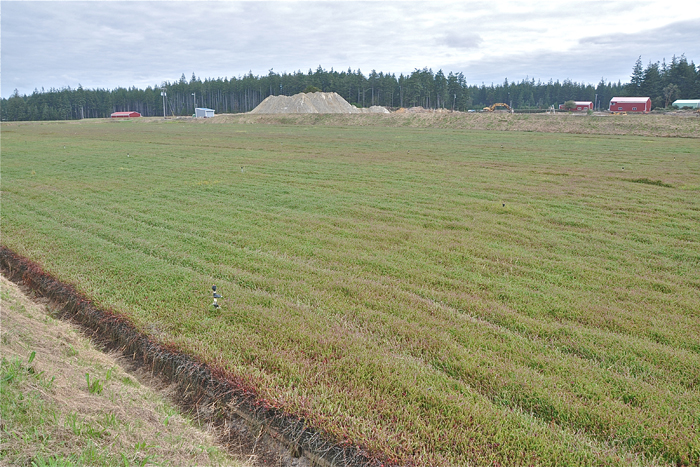
The soil found in a cranberry bog is made up of alternating layers of organic material: peat, clay, gravel and sand. In commercial beds sand is added to the bog every two to five years to help maximize fruit productivity. Cranberry bog soil is not tilled, insuring the alternating layers remain undisturbed.
Aging well
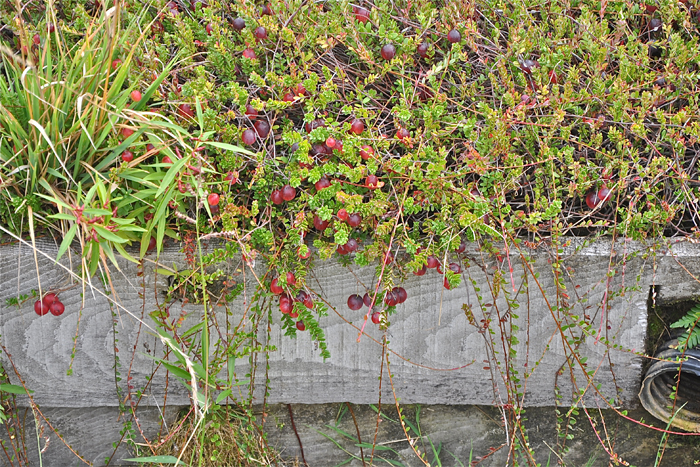
Native cranberry plants are indigenous to the wetland environment and survive well in flooded soil. Commercial growers of cranberries create bogs with good drainage systems so that the root growth and function is not interrupted during the active growing season from March through October. Undamaged cranberry vines can grow indefinitely. Some commercial vines still producing fruit are known to be over 150 years old.
What's in a name?
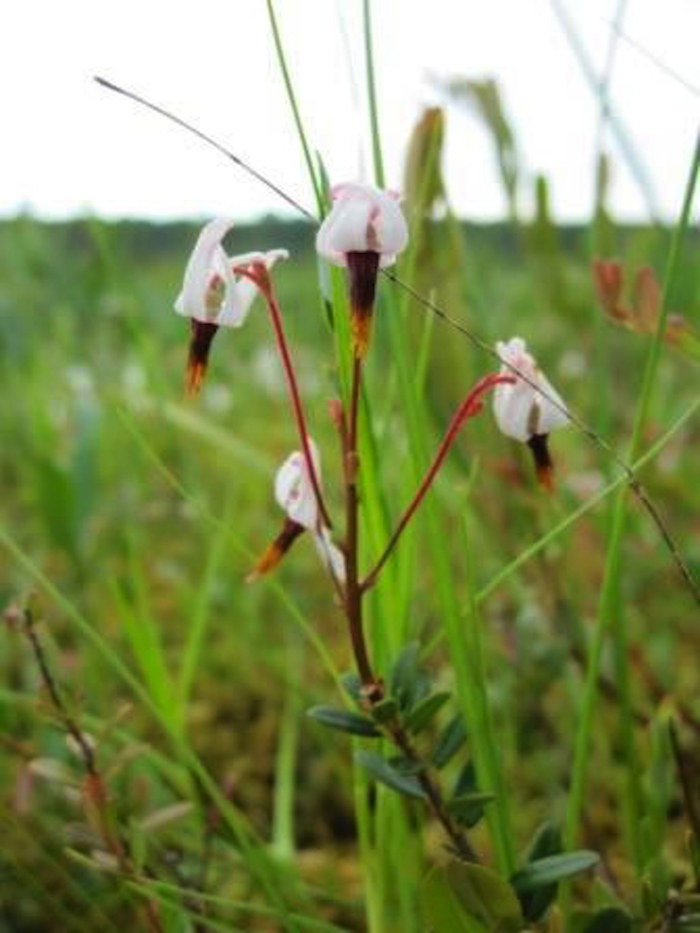
The Leni-Lenape tribes of the northeastern United States called the shiny red berries "ibimi," which translates to "bitter berry." Early European settlers called them "crane berry" because the shape of the plant's flower reminded them of the bill and head of a crane. Over time the name "crane berry" evolved to cranberry.
Get the world’s most fascinating discoveries delivered straight to your inbox.
A tradition of excellence
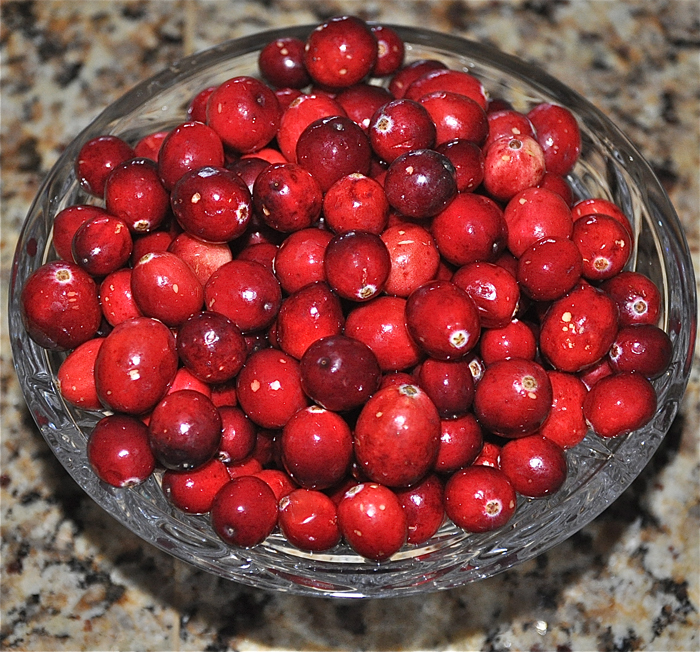
The first commercial farming of cranberries began in the 1800's. Early farmers would pick the ripened berries by hand, making for a labor-intense industry. Fresh cranberries that are eaten today during holiday meals are still handpicked to assure that only the freshest berries are found in the produce section of grocery stores.
The eggbeater
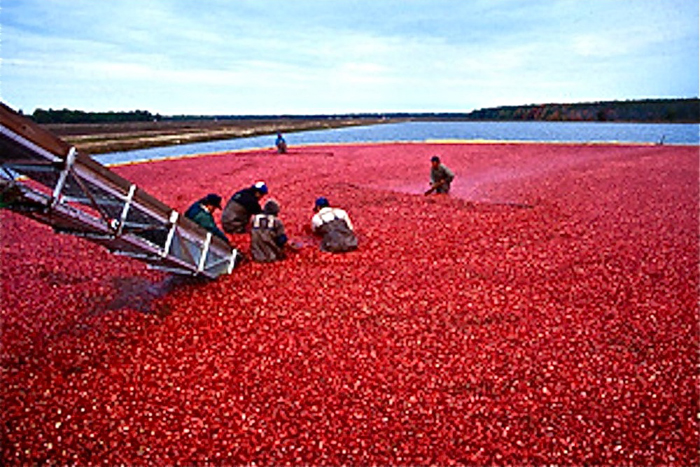
Early in the 1900's cranberry farmers began "wet harvesting" their special red fruits. This harvesting process involves the flooding of the bog field with as much as 18 inches (46 centimeters) of fresh water. Each cranberry has an enclosed small pocket of air and when loosened from the vine, will float. Farmers use a special water reel, nicknamed the "eggbeater" to loosen the berry from the vine and float to the surface.
Coralling the berries
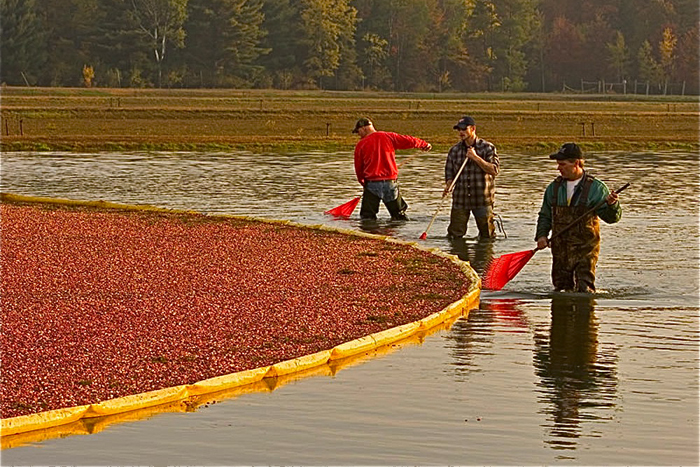
The bog, flooded with water, soon turns red with all the floating, ripe cranberries. Soft buoy floats are used to corral all the floating cranberries so that they can be loaded onto trucks and shipped to the nearby processing plants.
Medicinal purposes

Cranberries have long been used for their health benefits. Native Americans would mix deer meat with squashed cranberries to create a food known as "pemmican." They also used the berry in a poultice to draw poison from a wound. The bright red juice was used to dye cloth for use in clothing and blankets.


